Whenever a new technology is introduced, it presents a fresh set of challenges that must be tackled. The maintenance of luminaires in LED lighting is an example of such a problem that requires further deliberation and has significant consequences for the standard and lifespan of lighting projects being specified.
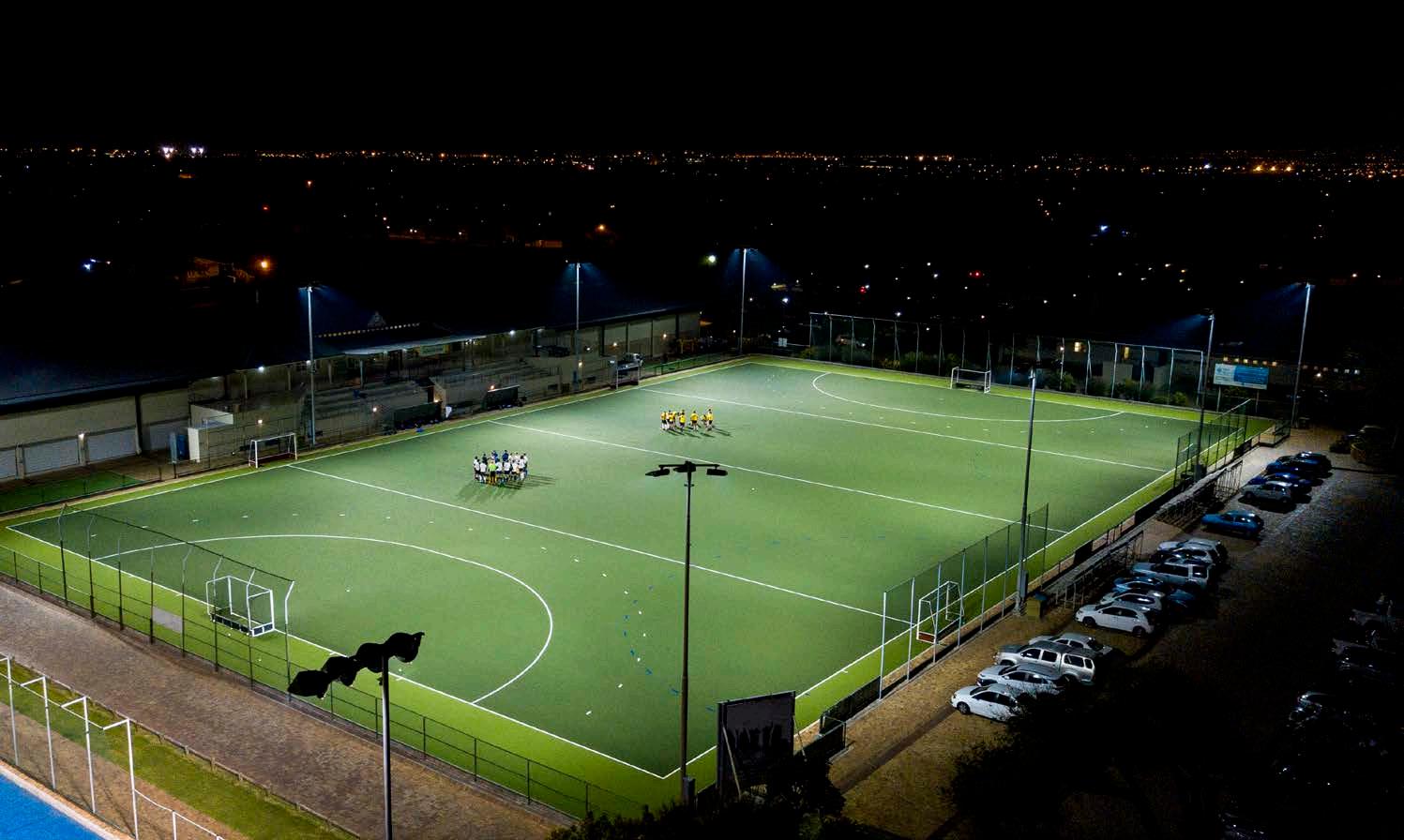
As with any technology, the performance and efficiency of a lighting system will eventually decrease. Even LED luminaires that have a much longer lifespan than their fluorescent or high-pressure sodium equivalents do slowly deteriorate. Most people who are involved in purchasing or planning a lighting solution want to know what the impact will be on their lighting quality over time.
The Maintenance Factor is a useful tool. The Maintenance Factor is a simple calculation that tells you the amount of light an installation will produce when it first starts and how this value will diminish over time. This is a very technical topic that can quickly become complex. In this article, we will focus on the most important things you should know about the maintenance factor.
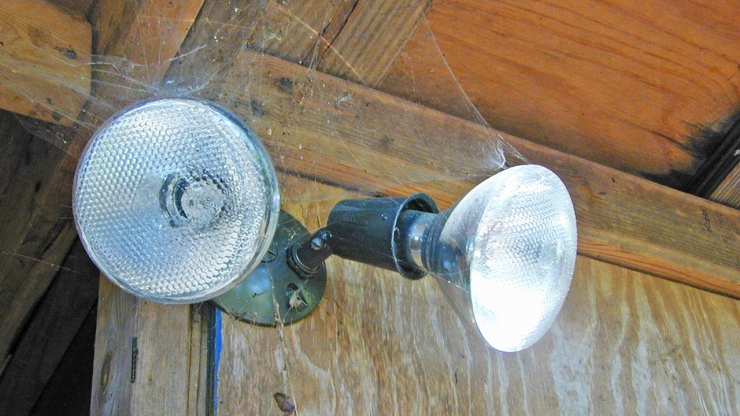
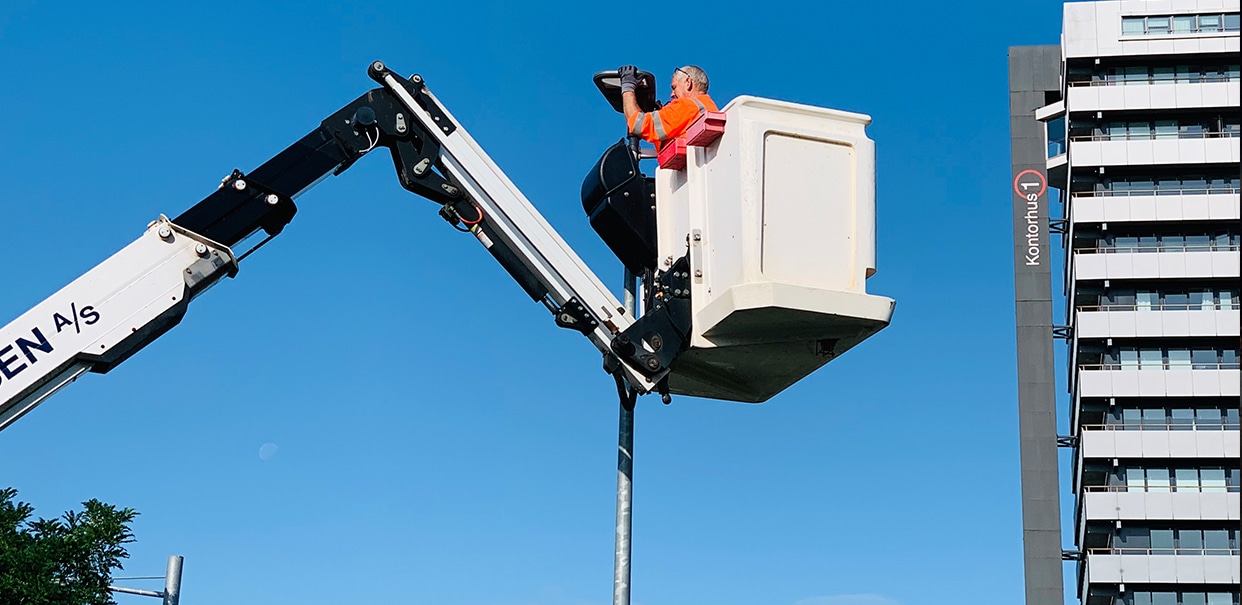
What is the Maintenance Factor Exactly?
The Maintenance Factor is essentially a calculation. This calculation will tell us the amount of light, or lumens in this case, that a lighting system is capable of producing at various points during its lifespan. Due to their durability, LEDs have a lifespan that is measured in the thousands of hours.
Calculating the Maintenance Factor is helpful, as it not only tells you what your lights will do in the future but also when you may need to make changes to your lighting system. Knowing the Maintenance Factor can assist you in determining when the average illuminance of your lights will drop below 500 Lux, if that is the desired constant value.
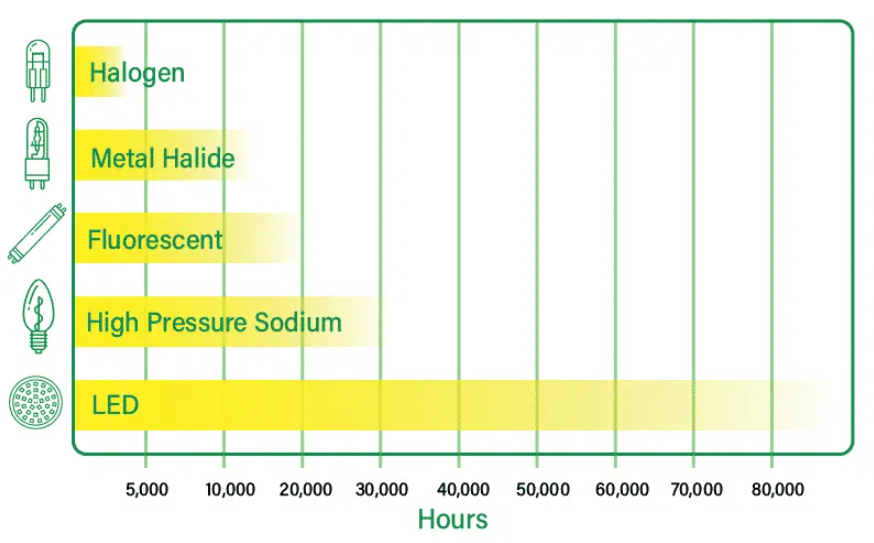
How is Maintenance Factor Calculated?
The Maintenance Factor doesn’t just refer to the performance of an luminaire. It is instead calculated by multiplying 3 interrelated factors. These are the:
Lamp Lumen Maintenance Factor (LLMF)
The LLMF is a simple way to tell how aging affects the amount of light emitted by a luminaire. The LLMF is influenced by the design of a luminaire as well as its heat dissipation ability and LED quality. The manufacturer should provide the LLMF.
Luminaire Maintenance Factor (LMF)
LMF measures how dirt affects the amount of lighting produced by luminaires. The cleaning schedule of a luminaire is one factor, as is the amount and type of dirt or dust that is common in the surrounding environment. Another is the degree to which the unit is enclosed.
The LMF can be affected by different environment. Lighting in areas with a lot of dirt or grime, such as a warehouse or near railway tracks, will have a lower Maintenance Factor and a lower LMF.
Lamp Survival Factor (LSF)
The LSF is based on the amount of lost light if an LED luminaire fails and is not replaced immediately. This value is often set at ’1″ in the case of LED lights. There are two main reasons for this. First, LEDs are known to have a low failure rate. Secondly, it’s assumed that the replacement will take place almost immediately.
A fourth factor may be involved in interior lighting projects. The Room Surface Maintenance Factor is a factor that relates to dirt built up on surfaces, which reduces how much light they reflect. Since the majority of projects we do involve external lighting, this is not something that we cover.
The Maintenance Factor is obtained by multiplying the LLMF, LMF, and LSF. For instance, if the LLMF is 0.95, the LMF is 0.95, and the LSF is 1, then the resulting Maintenance Factor would be 0.90 (rounded to two decimal places).
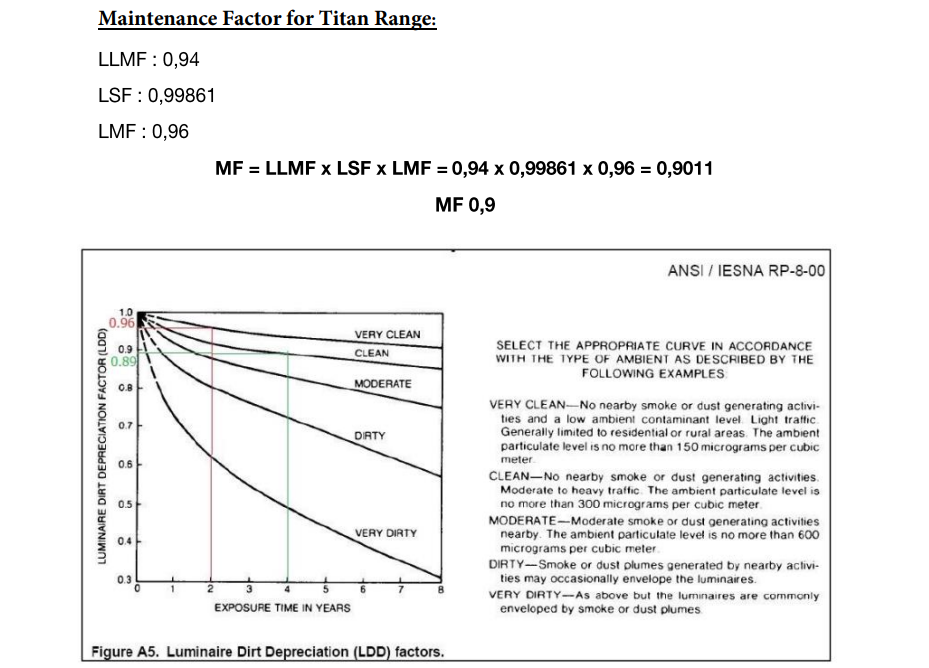
Another significant question that arises is the meaning of the Maintenance Factor.
Although the figure of 0.90 may not provide much information independently, it gains significance when considered in relation to light levels. The Maintenance Factor essentially informs us about the extent to which these levels will decrease throughout the lifespan of a lighting system.
It is crucial for companies like VKS to consider the Maintenance Factor during the design phase in order to anticipate and prevent any decrease in performance. This can be achieved by designing a solution that provides more light than initially required, ensuring that the minimum requirements will still be met in the future.
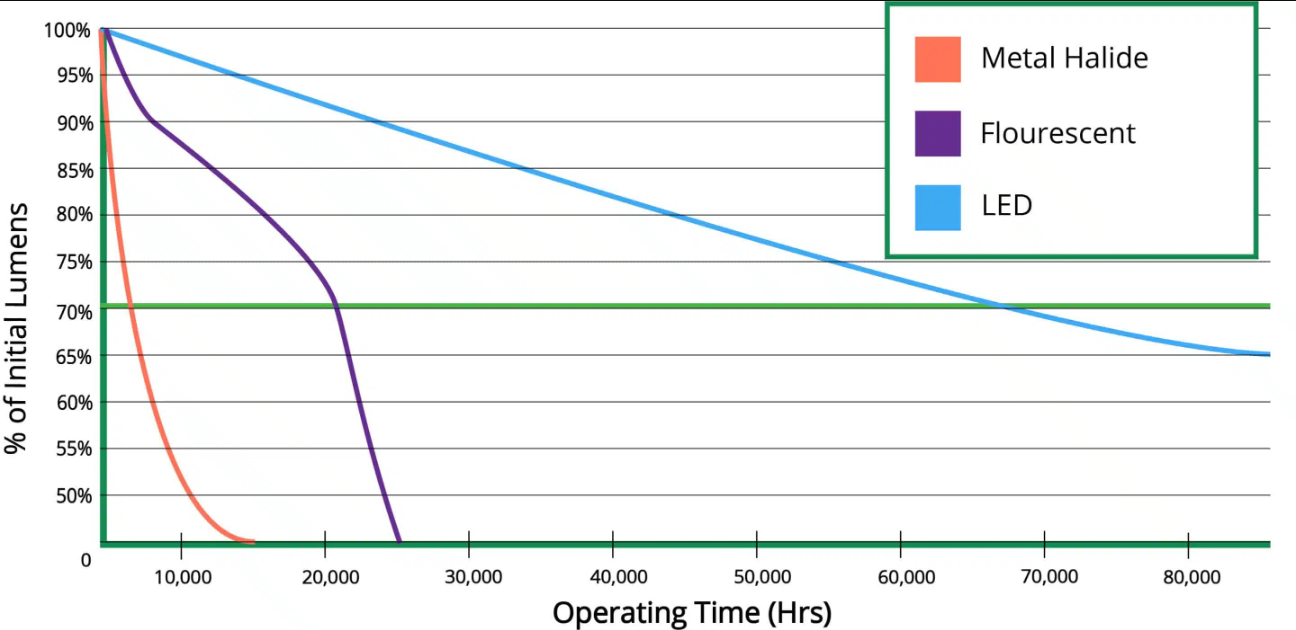
For instance, a tennis court must have an average illuminance of 500 lux according to the Lawn Tennis Association in Britain. However, starting with 500 lux would result in lower average illuminance due to various depreciation factors.
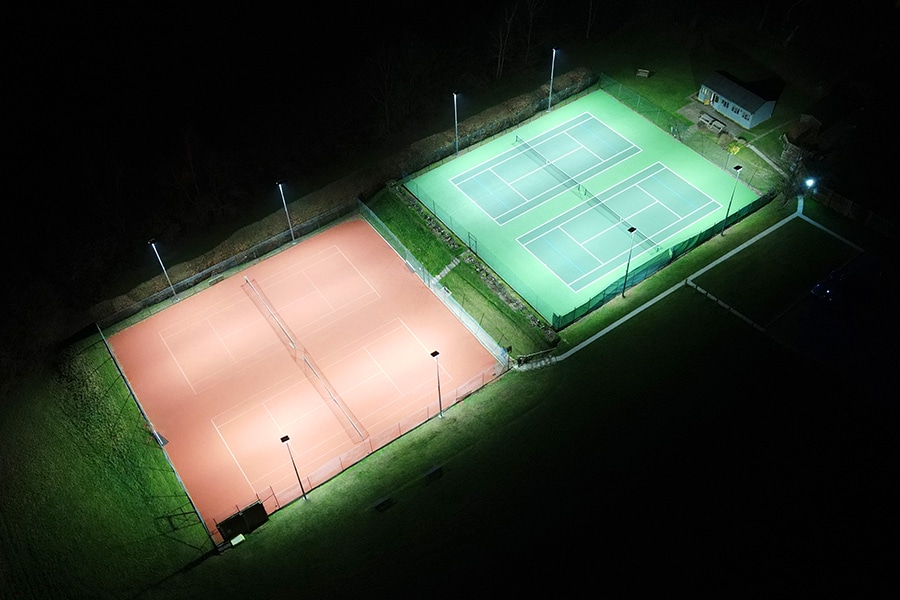
By utilizing the Maintenance Factor of 0.9 as stated previously, our goal would be to achieve an initial illuminance level of approximately 555 lux. This is due to the fact that when we factor in the depreciation by multiplying 555 by 0.9, we arrive at a value of 500, which represents the average light level. The Maintenance Factor proves to be advantageous as it guarantees a basic level of performance even as the lights start to deteriorate.
Is it necessary for me to calculate my own Maintenance Factor?
In general, it is not recommended that you undertake this task yourself and instead, it is advisable to delegate it to a qualified manufacturer or installer. Nevertheless, it is imperative that you verify that the individual responsible for conducting these calculations possesses the ability to elucidate the rationale behind the selection of various values within each of the four fundamental categories.
In addition, it is imperative that you verify whether the lighting design crafted by your manufacturer or installer aligns with the Maintenance Factor and is capable of delivering an adequate level of illumination throughout the anticipated lifespan of the system. This step is crucial to ensure optimal functionality and longevity of the lighting system. Therefore, it is highly recommended that you conduct a thorough evaluation of the lighting design before installation to avoid any potential issues in the future.
Although the topic of Maintenance Factor in lighting is much larger and more detailed, this brief overview provides a simplified explanation. If you require further clarification or assistance with your own calculations, don’t hesitate to ask for our help.
Post time: May-26-2023





